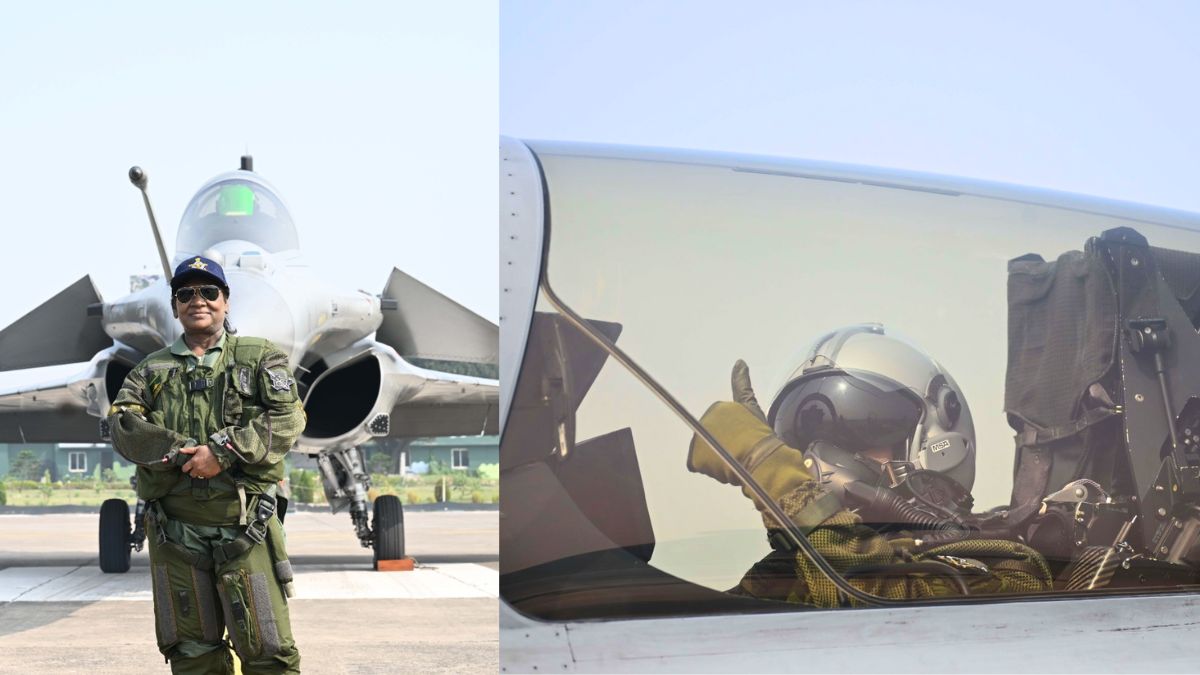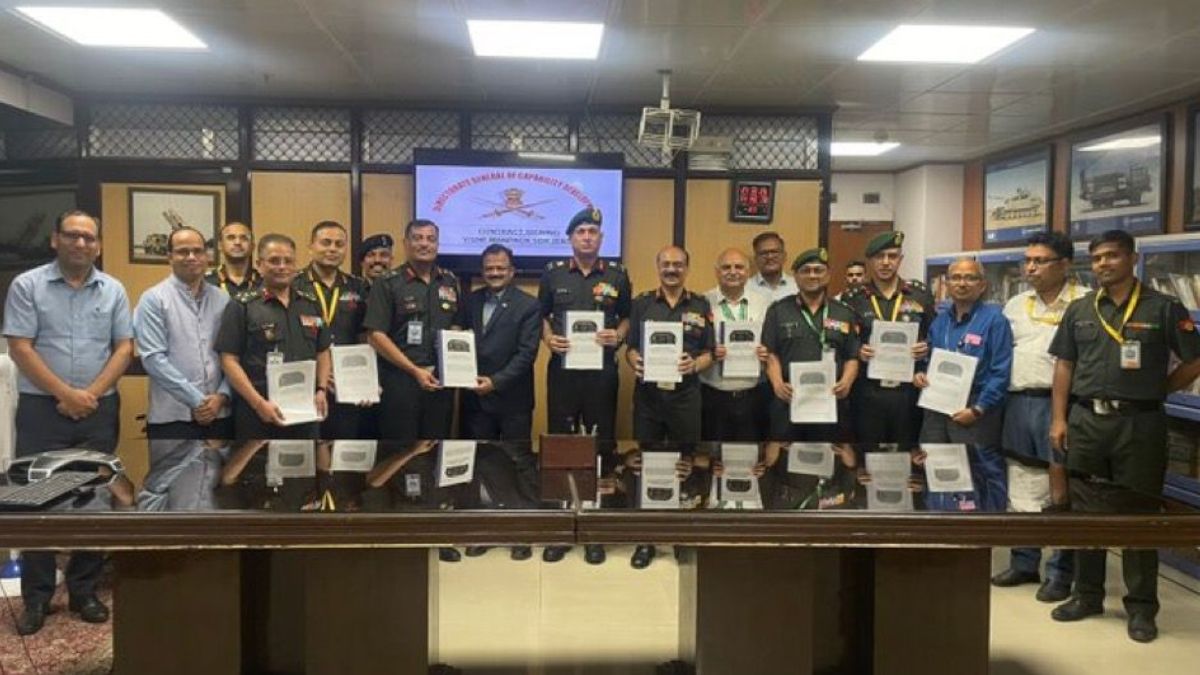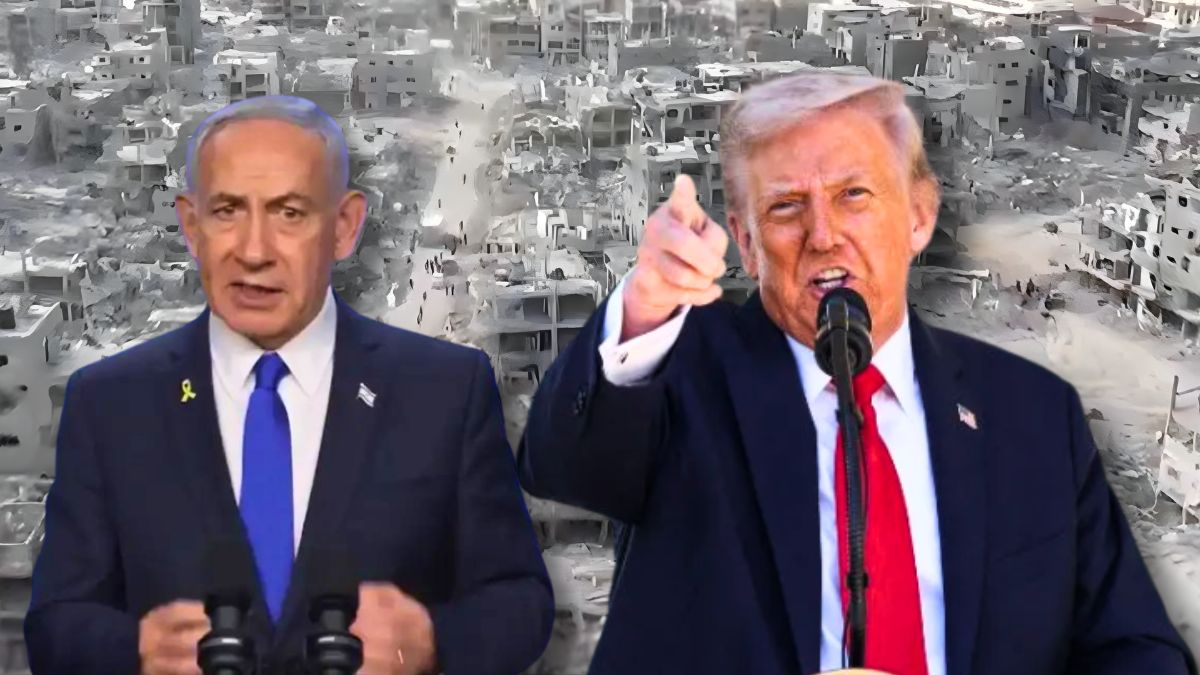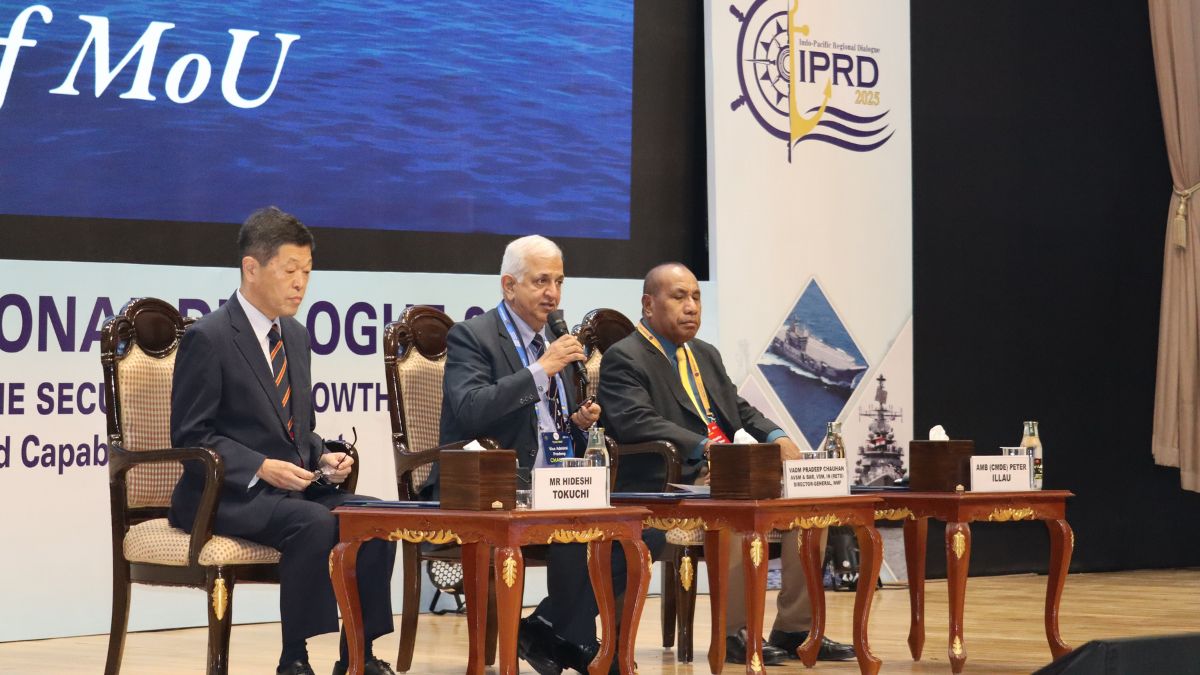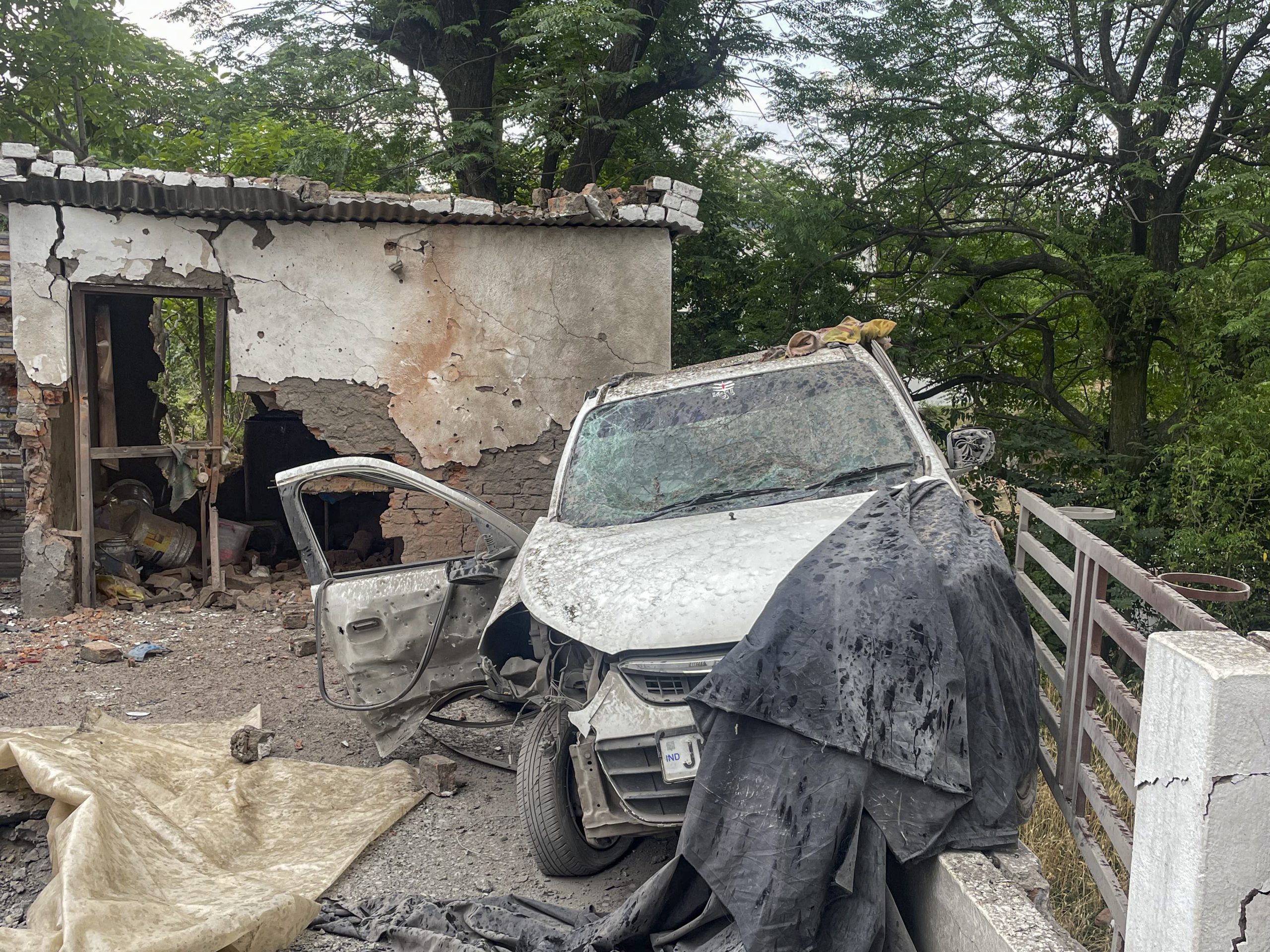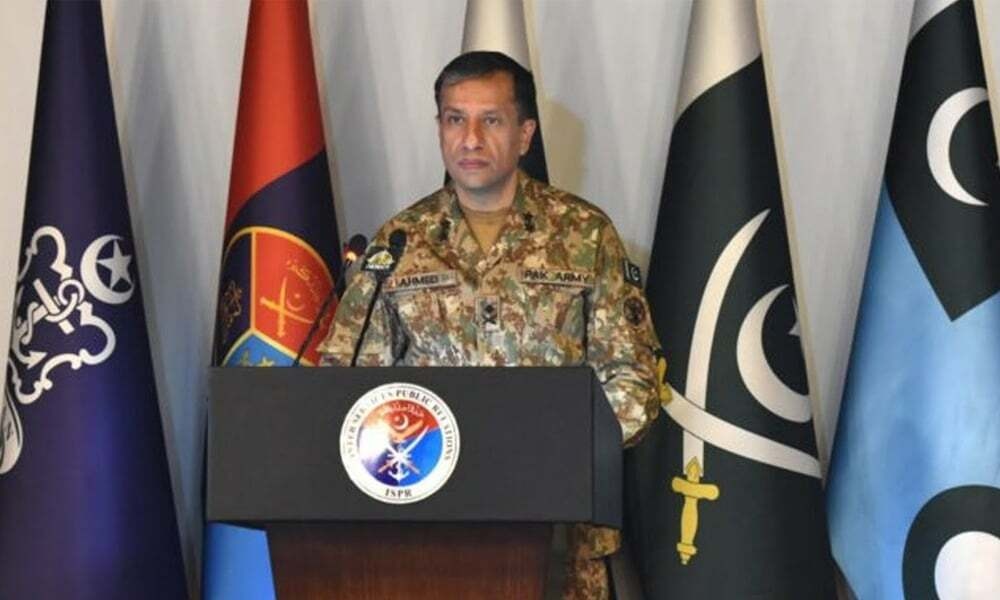Elephant-Dragon Tango: India, China Engaging In Confidence-Building Measures On LAC

Both sides have been carrying out coordinated patrols following the agreement between in October 2024. Image Courtesy: AI-picture generated via Sora
Over the past few weeks, there seems to have been a thaw in relations between India and China. The ties between the two Asian neighbors have been strained since the deadly 2020 standoff in eastern Ladakh. Since then, India has built a robust surveillance network to monitor the Line of Actual Control (LAC) round the clock.
This system is now being further upgraded to reduce the need for excessive troop patrols. Indian troops deployed along the LAC in eastern Ladakh are working towards bringing down the trust deficit with their Chinese counterparts on the ground. For this, they are taking steps like implementing additional confidence-building measures.
Such measures include greater reliance on the technical surveillance infrastructure that has been put in place over the last 5 years. For soldiers operating in the icy Ladakh winters, this shift means fewer patrols in extreme weather and reduced risks of cold-related casualties.
Why is India relying more on surveillance along the LAC?
Traditionally, Indian troops have patrolled the LAC at regular intervals to detect unusual activity. But after an October 2024 agreement, India and China began carrying out coordinated patrols to minimize chances of clashes. Still, patrols remain logistically demanding and any delays in troop movement due to harsh weather often increase the risk of confrontations.
“The icy winters of Ladakh make it challenging for troops to go for a larger number of foot patrols. The surveillance infrastructure, which is constantly being upgraded and strengthened, will ease this and reduce the number of troop casualties due to the cold,” a source told The Indian Express.
India China relations: What role do confidence-building measures play?
India’s enhanced Intelligence, Surveillance and Reconnaissance (ISR) infrastructure is not just about technology, but is also a confidence-building measure. By easing the dependence on manpower-heavy patrols, it reduces stress on soldiers and lowers the risk of direct face-offs with Chinese troops, potentially fostering a more stable environment along the LAC.
India-China diplomatic efforts: Where do they stand now?
Despite disengagement at some friction points, 50,000–60,000 troops remain stationed on both sides in depth areas of eastern Ladakh. The 24th round of Special Representatives’ dialogue last month led to the creation of an expert group under the WMCC to explore “early harvests” in boundary delimitation.
Officials say resolving smaller disputes first could help build trust before tackling bigger issues. Further, the two sides are also discussing on the diplomatic and military levels to prioritize existing border areas that can be taken up first for the resolution of issues. “The low-hanging fruits can be resolved first, thereby enhancing trust, before moving on to larger issues,” a second source told the publication.
India-China ties: PM Modi and President Xi signaling a thaw?
Meeting on the sidelines of the Shanghai Cooperation Organization Summit in Tianjin on August 31, 2025, Prime Minister Narendra Modi and Chinese President Xi Jinping reaffirmed that the two countries were development partners and not rivals, and that their differences should not turn into disputes.
PM Modi noted the importance of peace and tranquility on the border areas for the continued development of bilateral relations and both the leaders went on to talk about the need to strengthen people-to-people ties through direct flights and visa facilitation, building on the resumption of Kailash Manasarovar Yatra and tourist visa.
What are the next steps in boundary management?
India is geotagging patrolling points and landmarks to clearly identify disputed areas, helping avoid accidental clashes and aiding future negotiations. With 21 rounds of Corps Commander-level talks, 34 rounds of WMCC meetings, and 24 rounds of SR dialogues already held, both sides appear committed to dialogue.
